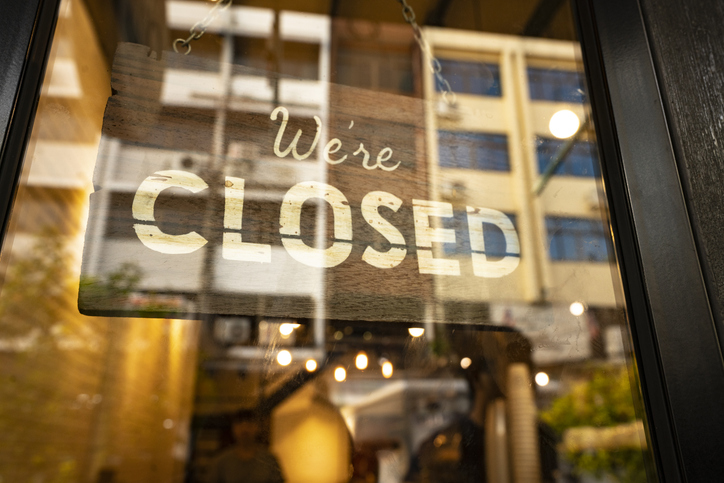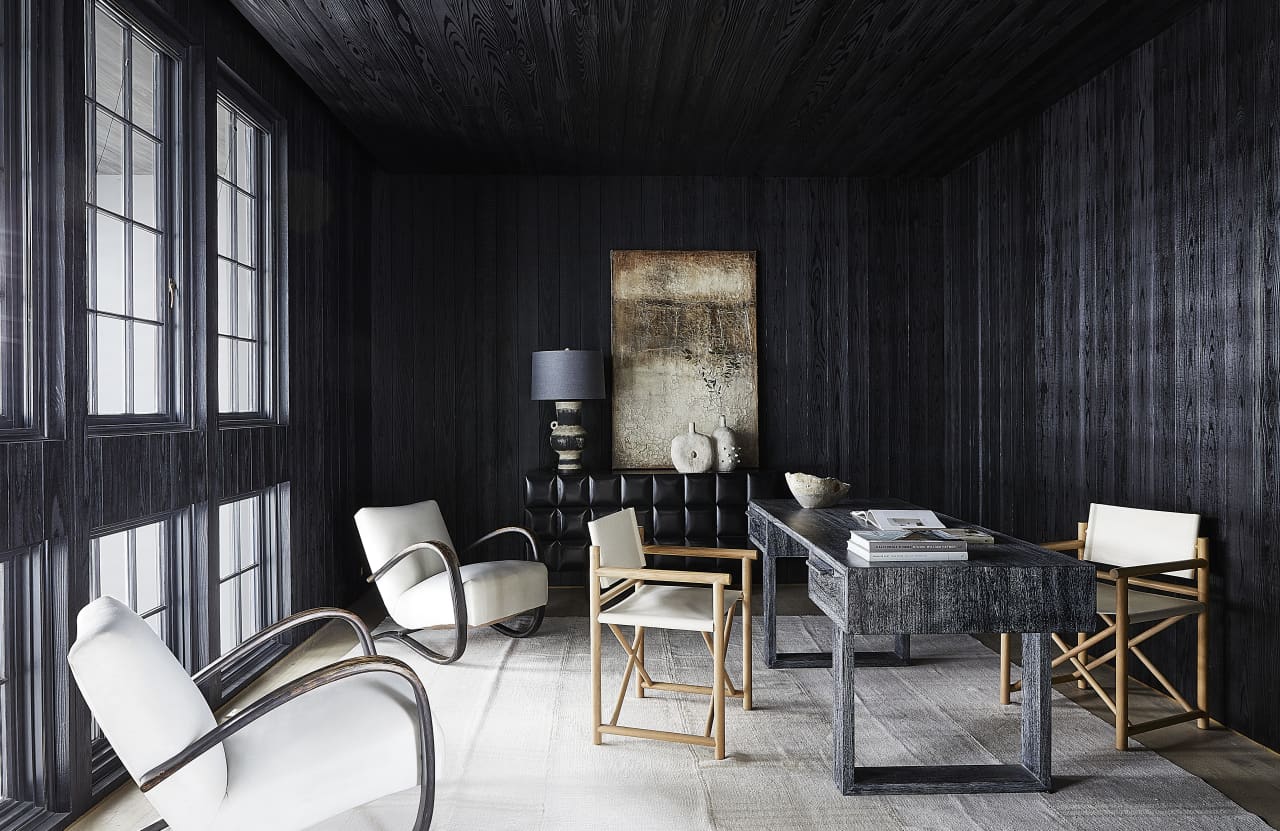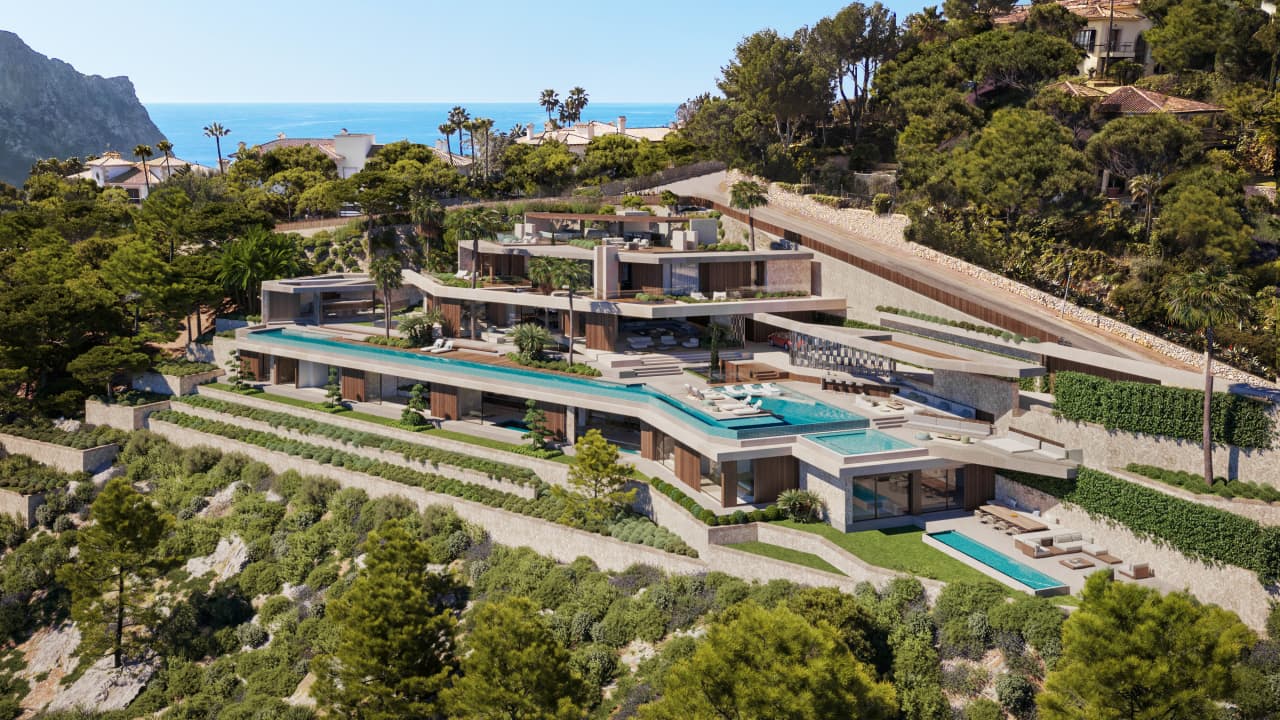Thousands of Australian companies on the brink of going into administration as EOFY nears
Along with high inflation and weak consumer spending, there’s another key factor pushing a record number of businesses to the edge
More than 10,000 companies are expected to have entered external administration by the end of the 2024 financial year, a level not seen for more than a decade. Data just released by the Australian Securities & Investments Commission (ASIC) shows 1,245 companies became insolvent in May, the highest monthly number this financial year. At present, a total of 9,988 businesses have gone bust in FY24 with data from June yet to be finalised.
Deloitte Access Economics Partner David Rumbens said the surge in business insolvencies this year was a “clear sign of economic distress”.
He commented: “[ASIC] predicts that by the end of the financial year, the number of companies entering external administration will likely exceed 10,000 – a level not seen since 2012-13, in the aftermath of the Global Financial Crisis (GFC).”
Mr Rumbens said the elements contributing to this year’s surge in insolvencies include high inflation and interest rates, weak consumer spending, and the commencement of more proactive tax debt collection activities by the Australian Taxation Office (ATO).
“One of the key factors contributing to this surge in insolvencies is the [ATO] pursuing debts that were previously put on hold during the COVID-19 pandemic,” he said.
Mr Rumbens cited ATO figures showing collectable debt rose 89 percent in the four years to June 2023. This has particularly impacted small businesses, which account for approximately 65 percent of the total debt owed at about $33 billion. “But more strictly enforced debt collection is coming at a time of tough economic conditions. High interest rates and cost-of-living pressures have weakened consumer spending, particularly in more discretionary components of spending.”
The construction sector has seen the highest number of insolvencies by far in FY24, mirroring the trend of FY23. Of the 9,988 insolvencies to date, 2,711 of them are in the building sector, which faces several challenges. These include a substantial lift in the cost of construction materials that is well above inflation and has made many fixed-price contracts signed within the past few years unprofitable. There is also a significant labour shortage that is delaying new home completions and new project starts, and also adding higher costs to projects.
“The construction sector has been hit particularly hard, with construction firms leading industry insolvencies in every quarter since mid-2021,” Mr Rumbens said. “They have accounted for approximately 25 percent of all insolvencies during this period. The residential construction sector is already facing a backlog of projects to complete as a result of skills and material shortages in recent years, and increased insolvencies in the sector may only exacerbate the problem of housing shortages.”
The ASIC data shows the next biggest industry affected is ‘other services’, which includes a broad range of personal care services such as hair, beauty, dietary, and death care services. The sector has seen 939 insolvencies in FY24. Retail trade is next with 687 insolvencies, followed by professional, scientific and technical services with 585 insolvencies.
“The food & accommodation sector has also experienced a wave of insolvencies. High input costs, worker shortages, and weak consumer sentiment have put pressure on businesses. Specifically, in March, cafés, restaurants, and takeaway businesses accounted for 5.5 percent of total business insolvencies, the highest proportion in the last three years.”
Mr Rumbens pointed out that while the number of insolvencies was high, it represents a lower share of the business sector at 0.33 percent than it did in FY13 when it was 0.53 percent. “This reflects the increase of registered companies in Australia, which has risen from just over two million to 3.3 million since 2012-13. Even so, the continued lift in insolvencies since 2021 highlights the difficult conditions many businesses face at present.”
This stylish family home combines a classic palette and finishes with a flexible floorplan
Just 55 minutes from Sydney, make this your creative getaway located in the majestic Hawkesbury region.
A Sydney site with a questionable past is reborn as a luxe residential environment ideal for indulging in dining out
Long-term Sydney residents always had handful of not-so-glamourous nicknames for the building on the corner of Cleveland and Baptist Streets straddling Redfern and Surry Hills, but after a modern rebirth that’s all changed.
Once known as “Murder Mall” or “Methadone Mall”, the 1960s-built Surry Hills Shopping Centre was a magnet for colourful characters and questionable behaviour. Today, however, a $500 million facelift of the site — alongside a slow and steady gentrification of the two neighbouring suburbs — the prime corner property has been transformed into a luxury apartment complex Surry Hills Village by developer Toga Group.
The crowning feature of the 122-apartment project is the three-bedroom penthouse, fully completed and just released to market with a $7.5 million price guide.
Measuring 211sqm of internal space, with a 136sqm terrace complete with landscaping, the penthouse is the brand new brainchild of Surry Hills local Adam Haddow, director of architecture at award-winning firm SJB.
Victoria Judge, senior associate and co-interior design lead at SJB says Surry Hills Village sets a new residential benchmark for the southern end of Surry Hills.
“The residential offering is well-appointed, confident, luxe and bohemian. Smart enough to know what makes good living, and cool enough to hold its own amongst design-centric Surry Hills.”
Allan Vidor, managing director of Toga Group, adds that the penthouse is the quintessential jewel in the crown of Surry Hills Village.
“Bringing together a distinct design that draws on the beauty and vibrancy of Sydney; grand spaces and the finest finishes across a significant footprint, located only a stone’s throw away from the exciting cultural hub of Crown St and Surry Hills.”
Created to maximise views of the city skyline and parkland, the top floor apartment has a practical layout including a wide private lobby leading to the main living room, a sleek kitchen featuring Pietra Verde marble and a concealed butler’s pantry Sub-Zero Wolf appliances, full-height Aspen elm joinery panels hiding storage throughout, flamed Saville stone flooring, a powder room, and two car spaces with a personal EV.
All three bedrooms have large wardrobes and ensuites with bathrooms fittings such as freestanding baths, artisan penny tiles, emerald marble surfaces and brushed-nickel accents.
Additional features of the entertainer’s home include leather-bound joinery doors opening to a full wet bar with Sub-Zero wine fridge and Sub-Zero Wolf barbecue.
The Surry Hills Village precinct will open in stages until autumn next year and once complete, Wunderlich Lane will be home to a collection of 25 restaurants and bars plus wellness and boutique retail. The EVE Hotel Sydney will open later in 2024, offering guests an immersive experience in the precinct’s art, culture, and culinary offerings.
The Surry Hills Village penthouse on Baptist is now finished and ready to move into with marketing through Toga Group and inquiries to 1800 554 556.
This stylish family home combines a classic palette and finishes with a flexible floorplan
Just 55 minutes from Sydney, make this your creative getaway located in the majestic Hawkesbury region.
























